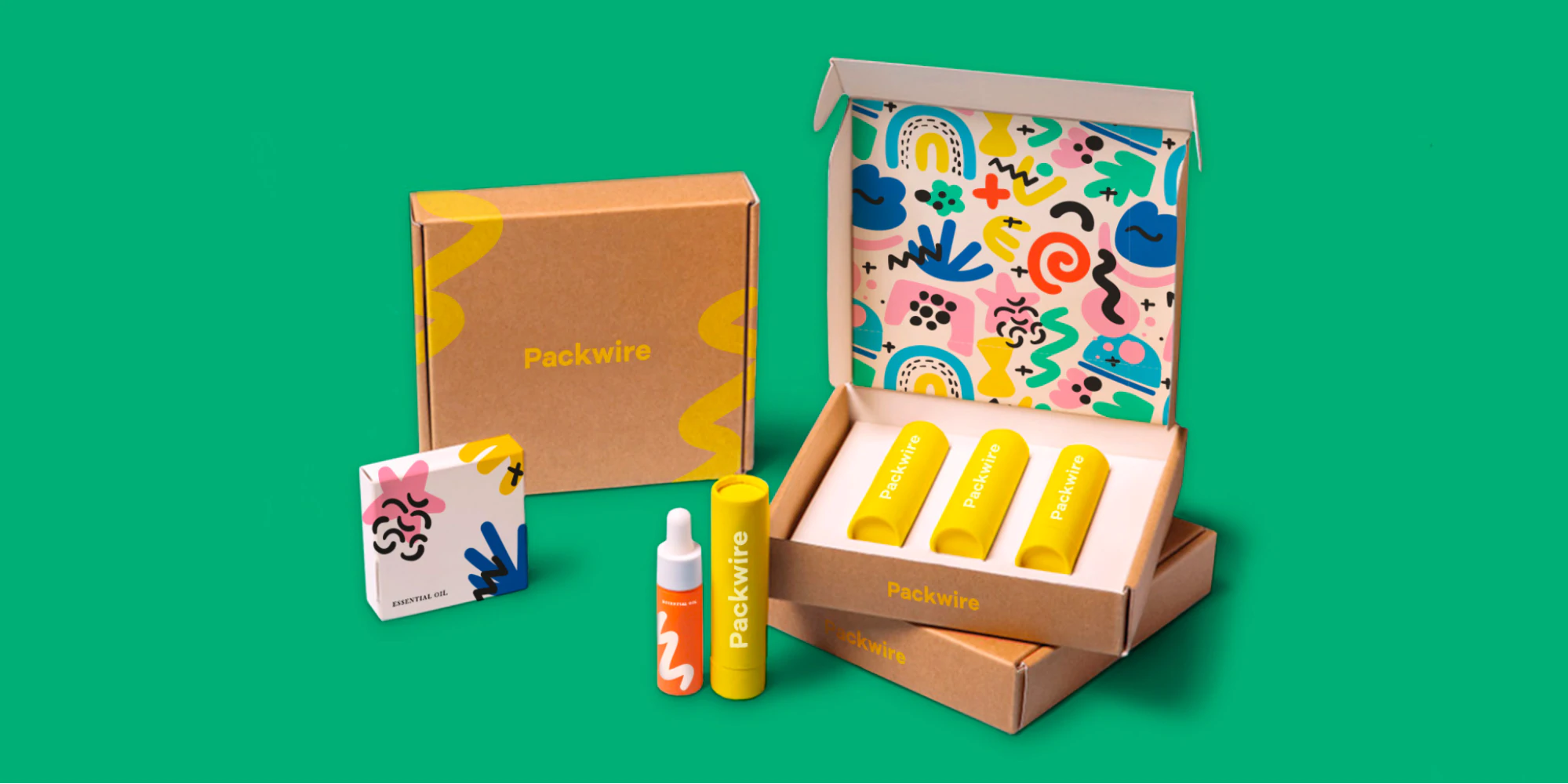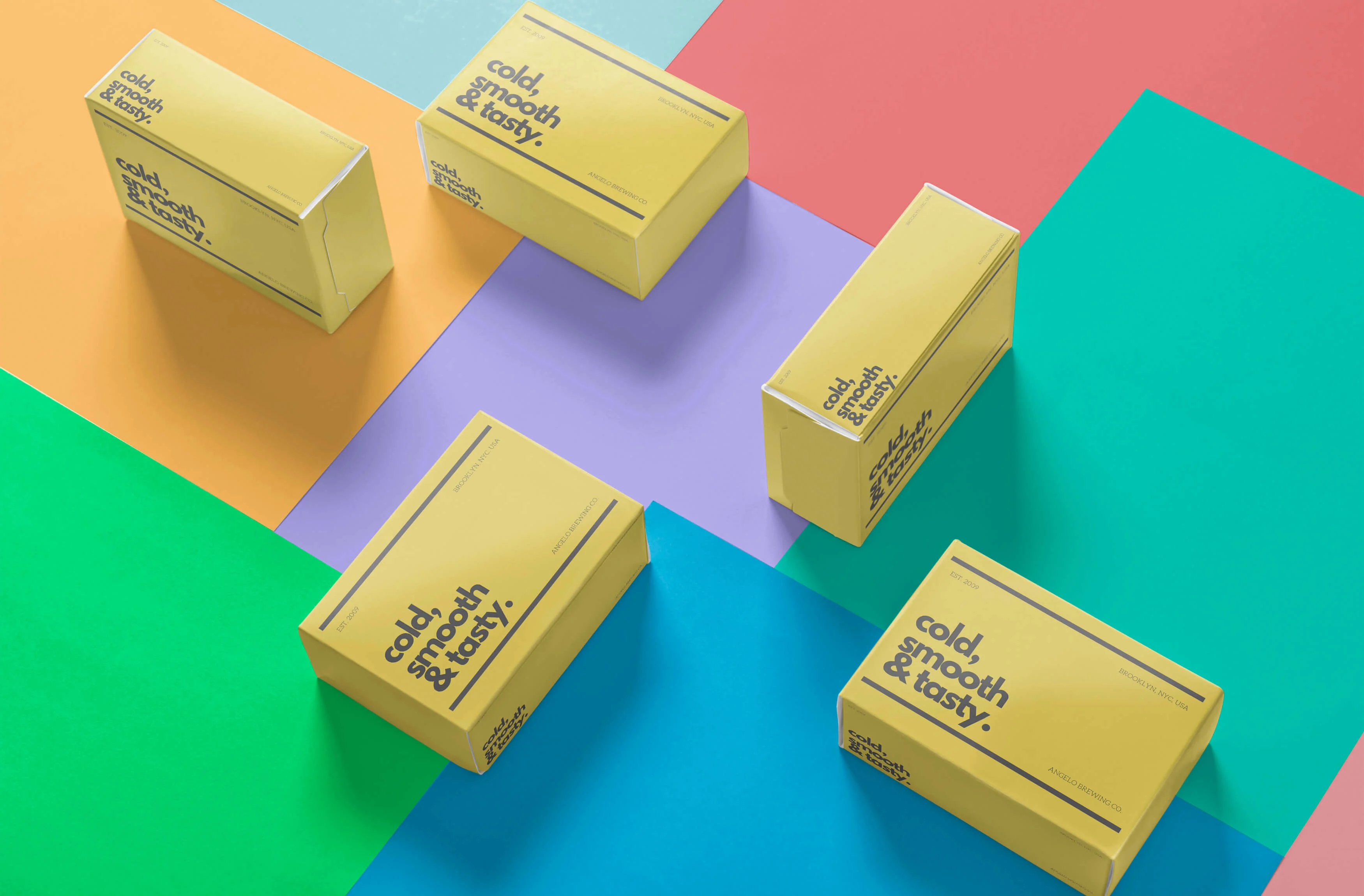Packaging Design - The Key To Successful Branding And Marketing
In today's highly competitive business environment, packaging designhas become an essential element of successful branding and marketing strategies. It is the first thing that consumers see when they encounter a product, and it can play a significant role in influencing their purchasing decisions.
A well-designed package can convey a brand's values, personality, and quality, while also providing practical benefits such as protection, convenience, and ease of use.
In this article, we will explore the importance of packaging design in branding and marketing, the key elements of effective packaging design, and the latest trends and innovations in the field.
The Importance Of Packaging Design In Branding And Marketing
Packaging design plays a critical role in creating brand awareness and differentiation in the market. A well-designed package can make a product stand out from competitors, increase brand recognition, and communicate a brand's values and personality.
Packaging design can also influence consumer behavior by conveying important information about a product, such as its benefits, usage instructions, and nutritional content. It can also enhance the overall customer experience by providing a sense of quality, convenience, and luxury. You can learn more about packing design tips for marketers not only in this article, also with our friends from MarxCommunications.
The Key Elements Of Effective Packaging Design
Effective packaging design should balance aesthetics, functionality, and practicality. It should appeal to consumers' visual and emotional senses while also providing practical benefits such as protection, convenience, and ease of use.
Here are the key elements of effective packaging design:
- Visual Appeal: A well-designed package should be visually appealing and communicate the brand's values and personality. It should use colors, typography, imagery, and branding elements that resonate with the target audience.
- Functionality: Packaging design should also be functional and practical. It should protect the product during transportation and storage, and it should be easy to open, close, and use.
- Sustainability: With increasing consumer awareness of environmental issues, sustainable packaging design has become a crucial consideration for many brands. It involves the use of eco-friendly materials, reducing waste, and minimizing the carbon footprint of packaging.
- Innovation: Packaging design is a constantly evolving field, and brands must stay up-to-date with the latest trends and innovations. This may involve incorporating new materials, technologies, and design elements to create a unique and memorable package.
Latest Trends And Innovations In Packaging Design
Packaging design is an ever-evolving field, with new trends and innovations emerging all the time. Here are some of the latest trends and innovations in packaging design:
- Minimalism: Simple and minimalist packaging designs are becoming increasingly popular, as they convey a sense of sophistication, elegance, and luxury.
- Personalization: With the rise of digital printing technology, personalized packaging designs have become more accessible and affordable. Brands can create customized packages for different markets, events, and seasons.
- Augmented Reality: Augmented reality technology allows brands to create interactive packaging designs that enhance the customer experience. Consumers can use their smartphones to scan the package and access additional information, games, and promotions.
- Sustainable Materials: Sustainable packaging design has become a major trend in recent years, with brands using eco-friendly materials such as recycled paper, bioplastics, and compostable materials.
Tips For Effective Packaging Design
To create an effective packaging design that resonates with your target audience, here are some tips to keep in mind:
- Know your target audience: Understanding your target audience is critical to creating a packaging design that resonates with them. Consider factors such as age, gender, lifestyle, and values when designing your package.
- Keep it simple: A cluttered and complex packaging design can be overwhelming for consumers. Keep the design simple and easy to understand to convey your brand message effectively.
- Focus on branding: Incorporate your branding elements, such as colors, typography, and logos, into your packaging design to create brand recognition and consistency.
- Use high-quality materials: Using high-quality materials for your packaging can convey a sense of quality and luxury to consumers. It can also protect your product and enhance the customer experience.
- Be innovative: Incorporate innovative and unique design elements into your packaging to make it stand out from competitors. This can include creative shapes, textures, and finishes.
- Test your design: Before launching your packaging design, test it with your target audience to get feedback on its effectiveness. This can help you make adjustments and improve its impact on consumers.
By following these tips, you can create an effective packaging design that communicates your brand message, resonates with your target audience, and stands out from competitors.
Sustainability In Packaging Design
In recent years, sustainability has become a major focus in packaging design. Consumers are increasingly conscious of the impact of packaging on the environment and are demanding more eco-friendly options. To meet this demand, many companies are incorporating sustainable design practices into their packaging design.
Here are some ways to incorporate sustainability into packaging design:
- Use eco-friendlymaterials: Switching to eco-friendly materials such as biodegradable plastics, recycled paper, and cardboard can significantly reduce the environmental impact of packaging.
- Reduce packaging size: Reducing the size of packaging can lead to significant reductions in material usage and energy consumption in transportation.
- Design for recyclability: Designing packaging that is easy to recycle can reduce waste and environmental impact.
- Use minimalist design: A minimalist design approach can reduce the amount of material used in packaging and make it easier to recycle.
- Emphasize sustainability in branding: By highlighting the sustainability of your packaging in your branding, you can attract environmentally conscious consumers and differentiate yourself from competitors.
Incorporating sustainability into packaging design not only benefits the environment but can also enhance your brand's reputation and attract environmentally conscious consumers.
Importance Of Packaging Design
Packaging design is more than just an aesthetic element of a product. It can be a critical factor in the success or failure of a product. Here are some reasons why packaging design is important:
- Branding: Packaging design can create brand recognition and consistency, making it easier for consumers to identify your products and differentiate them from competitors.
- Product Protection: Packaging design can protect products from damage during transportation and storage, ensuring that they reach consumers in optimal condition.
- Consumer Experience: Effective packaging design can enhance the consumer experience by making it easier to use, store, and dispose of the product.
- Consumer Decision-Making: Packaging design can influence consumer behavior and decision-making, such as by creating a sense of urgency, highlighting features or benefits, or using emotional appeal.
- Marketing: Packaging design can be a powerful marketing tool, attracting attention and communicating your brand message effectively.
By incorporating the latest trends and innovations in packaging design, optimizing your content for SEO, and following tips for effective packaging design, you can enhance your customer experience, increase sales, and build brand loyalty.
People Also Ask
What Is The Packaging Design?
Packaging design is the process of creating the exterior of a product package, including the container, graphics, and any other elements that make up the package.
The goal of packaging design is to create a functional, aesthetically pleasing, and effective package that protects the product, attracts customers, and communicates the brand message.
What Are The 4 Types Of Packaging?
The four main types of packaging are:
- Primary packaging: The packaging that comes in direct contact with the product, such as a bottle or a box of cereal.
- Secondary packaging: The packaging that holds the primary packaging, such as a cardboard box that holds multiple bottles of shampoo.
- Tertiary packaging: The packaging used for transportation, storage, and handling of multiple units of secondary packaging, such as a pallet or a shipping crate.
- Transit packaging: The packaging that protects the product during transportation, such as bubble wrap or foam peanuts.
What Are The 7 Basic Steps To Packaging Design?
The seven basic steps to packaging design are:
- Define the design objectives and target audience: Determine the goals of the packaging design and the target audience that it will be marketed to.
- Conduct market research: Research the market, the competition, and the consumer preferences to identify opportunities and challenges for the packaging design.
- Develop the design concept: Use the research findings to develop a design concept that aligns with the design objectives and the brand message.
- Create the design: Use the design concept to create the visual elements of the packaging, such as the graphics, typography, and colors.
- Test the design: Test the packaging design with the target audience to gather feedback and make improvements.
- Finalize the design: Incorporate the feedback and finalize the design.
- Produce and launch the packaging: Produce the packaging and launch it into the market.
By following these steps, you can create effective packaging design that resonates with your target audience, stands out from competitors, and enhances the customer experience.
Conclusion
In conclusion, packaging design is a critical element of successful branding and marketing strategies. Effective packaging design can create brand recognition, differentiate a product from competitors, and influence consumer behavior.
By balancing aesthetics, functionality, and sustainability, incorporating the latest trends and innovations, optimizing your content for SEO, and following tips for effective packaging design, you can enhance your customer experience, increase sales, and build brand loyalty.
Remember that the packaging design should communicate your brand message and resonate with your target audience, while also being functional and eco-friendly.

